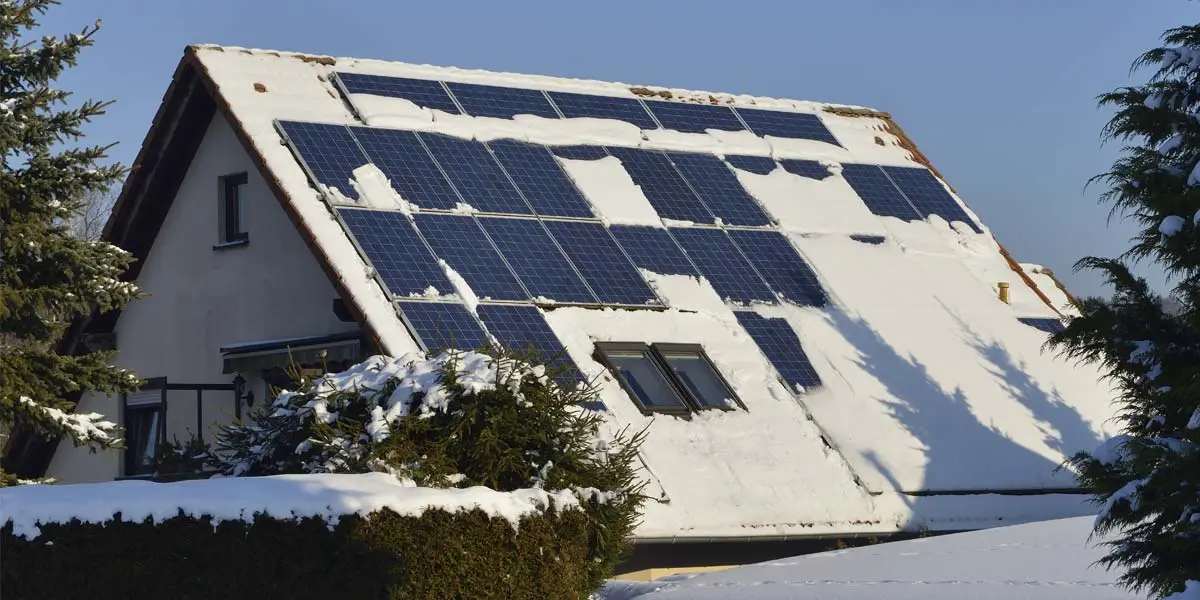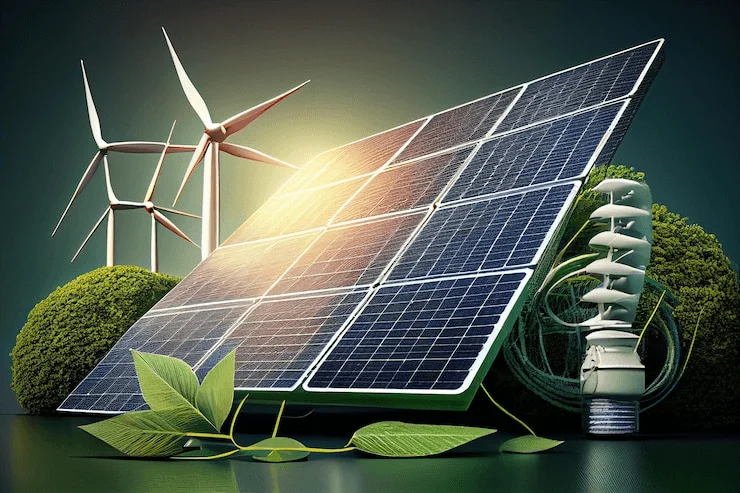Solar power is one of the most promising renewable energy sources, but many homeowners and businesses in snowy or cold climates often wonder — Can solar panels work effectively in snow-covered regions?
The short answer is yes! While snow can create challenges, modern solar technology and smart installation strategies make solar power efficient and reliable even in wintery environments.
Challenge: Snow Accumulation on Solar Panels
One of the biggest issues in snowy regions is snow buildup on panels, which blocks sunlight and reduces energy production. Heavy snowfall can temporarily cover panels, leading to decreased efficiency.
Solution: Proper Panel Tilt and Design
• Install solar panels at a steeper angle (30°–45°) so snow slides off naturally.
• Use frameless or smooth glass panels that prevent snow from sticking.
• Opt for heated panels or snow-melting systems, especially in high-snowfall areas.
• Regularly clear light snow manually with a soft brush — avoid using sharp tools that could damage the panels.
Challenge: Reduced Sunlight Hours in Winter
Winter months are shorter and often cloudy, which means less sunlight for energy generation.
Solution: Use High-Efficiency Panels and Battery Storage
• Choose high-efficiency solar panels like monocrystalline models that work well in low-light conditions.
• Add a solar battery storage system to store excess energy generated during sunny days for use at night or during cloudy periods.
• Smart energy management systems can optimize power use and maximize efficiency throughout the season.
Challenge: Temperature Effects on Equipment
Cold weather can cause frost buildup, ice formation, and thermal contraction, which might affect wiring and components.
Solution: Cold-Resistant Materials and Maintenance
• Use weatherproof mounting systems and cables rated for sub-zero temperatures.
• Schedule annual maintenance checks before winter to inspect panels, wiring, and inverters.
• Modern inverters are designed to handle temperature variations — choose brands certified for extreme climates.
Challenge: Reduced Roof Access and Safety Risks
Snow and ice make rooftops slippery and dangerous for maintenance crews.
Solution: Automated Cleaning and Ground-Mounted Systems
• Consider automated snow removal systems that use warm air, vibration, or water pressure.
• If roof access is difficult, install ground-mounted solar systems, which are easier to maintain and clear during winter.
• Use remote monitoring systems to track performance without physical inspection.
Challenge: Energy Demand Peaks in Winter
In snowy regions, heating needs increase — meaning energy demand is highest when solar production is lowest.
Solution: Hybrid Systems and Net Metering
• Combine solar with other renewable sources like wind or hydro for a continuous power supply.
• Participate in net metering programs to send excess energy to the grid during sunny months and draw power in winter.
• Install a larger battery bank or backup generator for emergency use.
Conclusion:
While snow presents unique challenges for solar energy, smart planning and technology make solar power a practical and reliable option even in the coldest regions. By choosing the right equipment, installation angle, and maintenance plan, you can enjoy year-round solar savings — no matter how much it snows.




